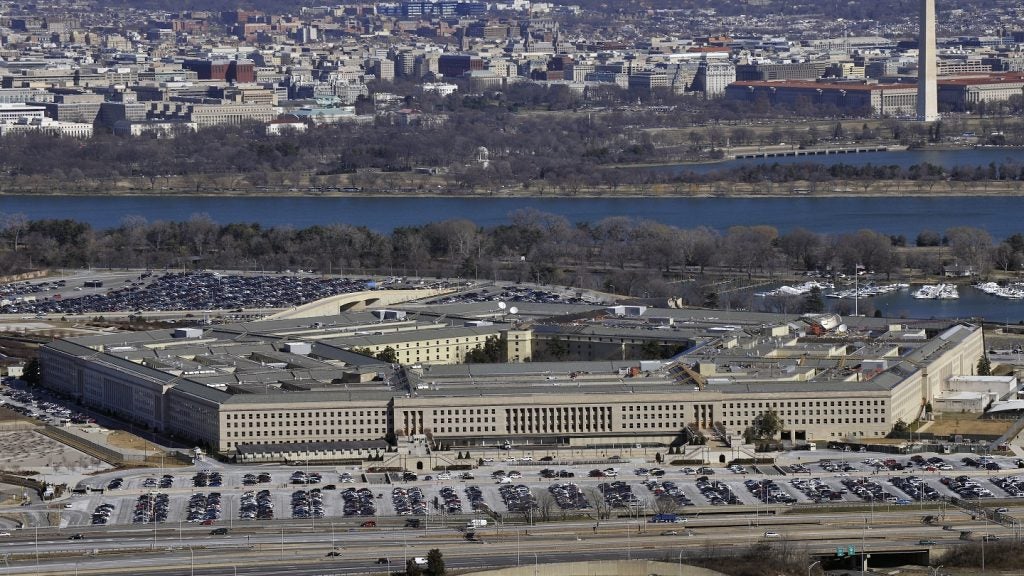From the feast of financial and military equipment support provided by the US to Ukraine since Russia’s large-scale invasion of its neighbour in February 2022 – totalling around $44.2bn so far – the promise of a continued flow of funds through 2024 appears to now be a thing of the past.
Political differences between Democrats and Republicans led to the failure to pass a $66bn joint Israel-Ukraine security funding package in late-2023, effectively closing shut the US Administration’s ability to top up its own Presidential Drawdown Authority (PDA) funding that it had up until that point used to fund its support of Ukraine.
Creative accounting freed up some $6.2bn in theoretical PDA funding as the year drew towards a close, according to US State Department information, but this is finite and cannot currently be replaced.
The effect is that the authority to donate to Ukraine through the PDA structure is unavailable, as donated military platforms and ammunition from within US stocks would not be replenished. While the US will likely have significant reserves, drawing down on its own force structures could impact readiness, particularly with the ongoing issues effecting the US defence supply chain.
By early January, “roughly” $4.2bn of restored PDA funding remained, according to the US Pentagon.
However, Pentagon spokesperson Maj Gen Pat Ryder said that while the US “had the authority” to spend the $4.2bn from available funds, it “wouldn’t have the ability” to replenish stock by drawing out additional funding or stock from within the US military’s inventory.
“We're out of money,” said Ryder.
US support in 2024 shifting to different “level”
The looming troubles in the US’ ability to support Ukraine are compounded by European and Nato allies to match Washington’s own commitments. A European Union pledge to deliver one million artillery shells to Ukraine failed miserably, as the bloc struggles with its own defence dilemmas.
European countries have been quick to promise capabilities, and have delivered in key areas such as Leopard 1 and 2 main battle tanks, Caesar 155mm howitzers, AS90 self-propelled guns, among others, but will be unable to sustain such a level of commitment through 2024. In much the same way as the US, European countries are facing difficulties in spooling up their defence industrial base to cater for Ukraine’s needs, while resupplying national stockpiles.
The US State Department pointedly stated on 4 January that the US would not be able to support Ukraine as it had done since Russia’s 2022 invasion. State Department spokesperson Matthew Miller said that Congress “had to act” in order to approve Ukraine funding.
“We are out of funding here. We know that we need to continue to support Ukraine. They need – they rely on this assistance. They rely on it to continue to fight what is a brutal Russian assault that continues every day. And so it’s important for Congress to act to continue to fund this democracy that is continuing to defend itself,” Miller said.
Facing questioning from gathered media, Miller said that the US would back Kyiv “as long as it takes” although the tone of discourse notably shifted towards working to build up Ukraine’s own industrial capabilities so that it would be able to sustain its own defence efforts against Russia.
“That does not mean that we are going to continue to support them at the same level of military funding that we did in 2022 and 2023. We don’t think that should be necessary because the goal is to ultimately transition Ukraine… to stand on its own feet and to help Ukraine build its own industrial base and its own military industrial base so it can both finance and build and acquire munitions on its own,” Miller said.
Economies of scale
The difficulty in changing the narrative to building Ukraine up to help it sustain operations against Russia using its own industrial base in that the two countries have significantly different economies, in terms of scale.
The CIA World Factbook states that Ukraine’s real GDP had dropped from an estimated $535.579bn in 2021, to $379.893bn by 2022, almost certainly as a result of Russia’s invasion. By contrast, the same source lists Russia’s real GDP as $4.078trn in 2021.
While Western sanctions against Russia have caused some economic difficulties, Moscow has still been able to find customers for its main export – energy – with China eagerly stepping into fill the gaps left by European countries which have sought to decouple their reliance on Moscow.
Should China move to support Russia to a greater extent that it already is doing so (mainly economically and non-lethal aid at present) it is unlikely that Ukraine, even with Western support, will be able to retake all the ground lost to Russia since the invasion.
Even if Ukraine is able to develop an ability to sustain, in part or whole, the war effort against Russia, such are the economies of scale that Kyiv will still struggle to match the industrial head-start that Russia has, even discounting China's potentially decisive role that is still to be played.









